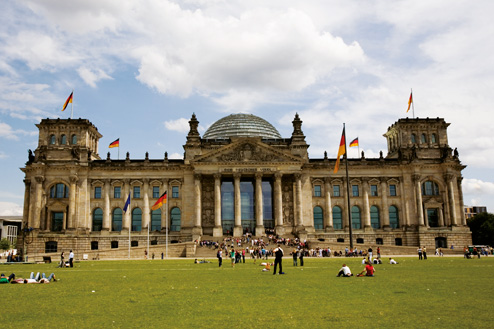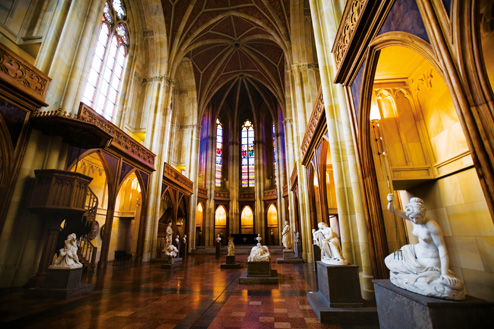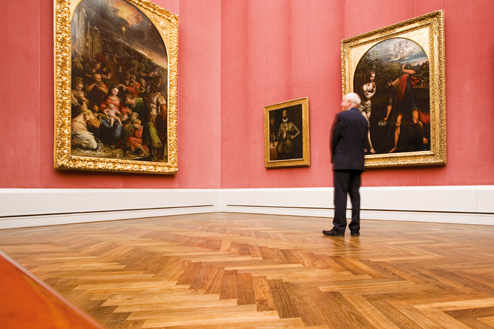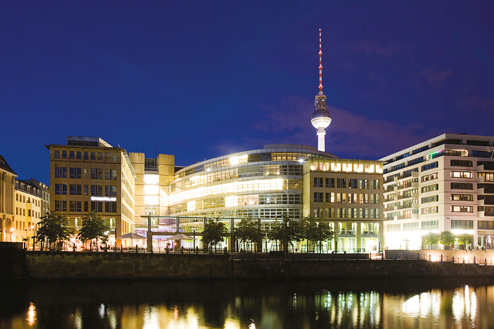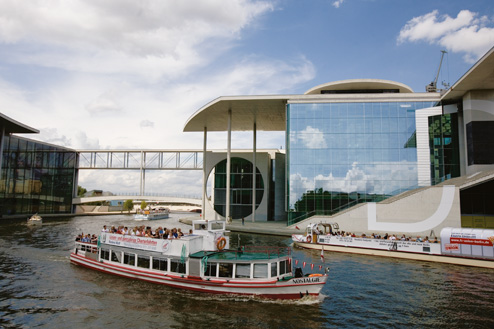Art Galleries
Berlin’s reputation as an avant-garde capital was born in the cabarets of the Weimar Republic and resurrected in abandoned cellars following the collapse of Communism half a century later. When the Wall fell, migrant artists flocked to the city, claiming deserted eastern blocks as squats and opening vanguard galleries, a cultural trend that continues to gain momentum. In just 2006 and 2007 more than 30 galleries opened spaces in the once derelict corners of the city’s post-industrial neighbourhoods. The official count of art venues ranges anywhere between 400 and 1,000, including commercial, private and artist-run spaces (Produzentengalerien), annual fairs and the Berlin Biennial, which mounts exhibitions in alternative, and often temporary, locations. Commercial galleries are always free to the public and usually open from 11:00 untill 18:00, Tuesday to Saturday, with a handful of exceptions. Berlin’s numerous cultural institutions offer countless workshops, studio tours and events for every level of interest. The state museums, including the Hamburger Bahnhof, Alte Nationalgalerie, and Neue Nationalgalerie are usually open Tuesday to Sunday from 10:00 to 18:00, with extended times on Thursdays when admission is free beginning four hours before closing time. Otherwise, admission to permanent collections is typically €6 to €8 (€3 to €4 concessions), with varying ticket prices for special exhibitions. The city’s museum collections also feature exceptional examples of art movements that defined 1920s Berlin, such as German expressionism, Dada and Jugendstil (art nouveau), as well as earlier masterpieces by Dürer, Rodin and Rembrandt. Recently, however, the focus has been on Berlin’s contemporary renaissance and its thriving artist community reconstructing this once divided city.

